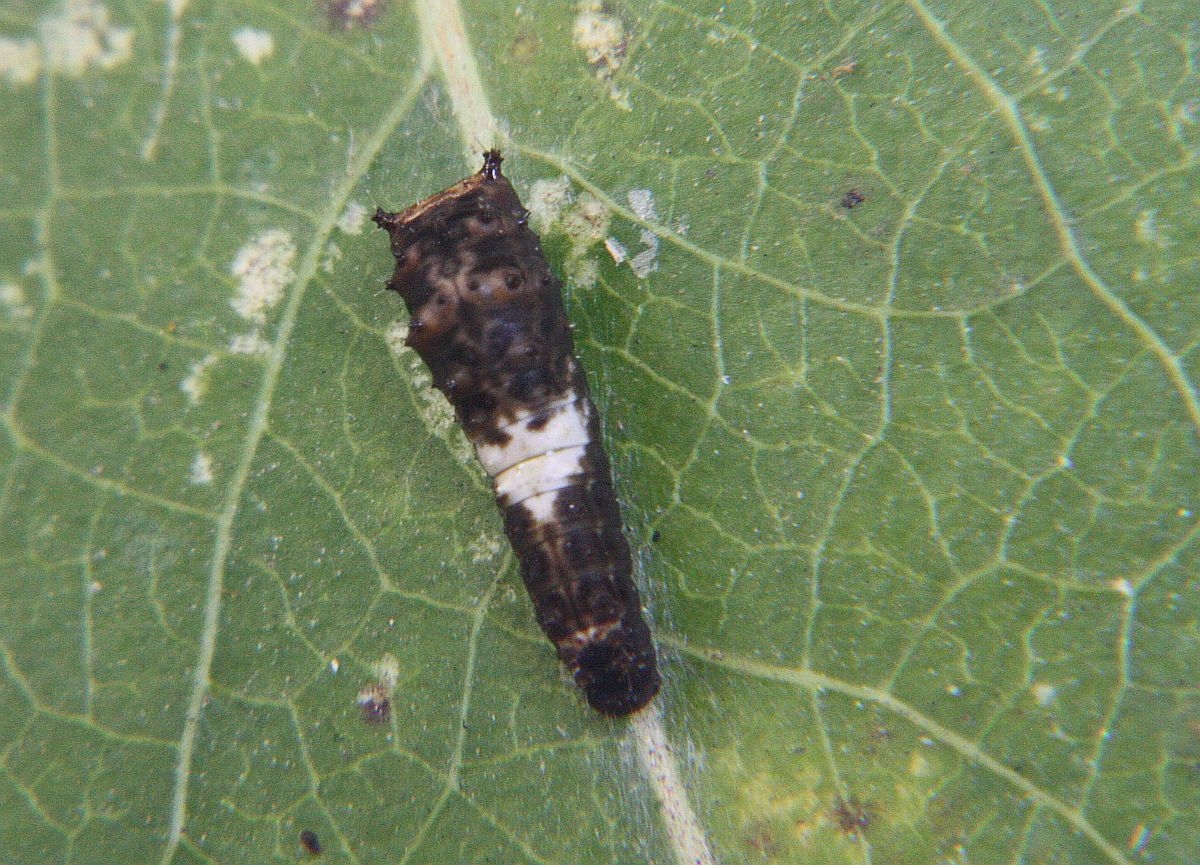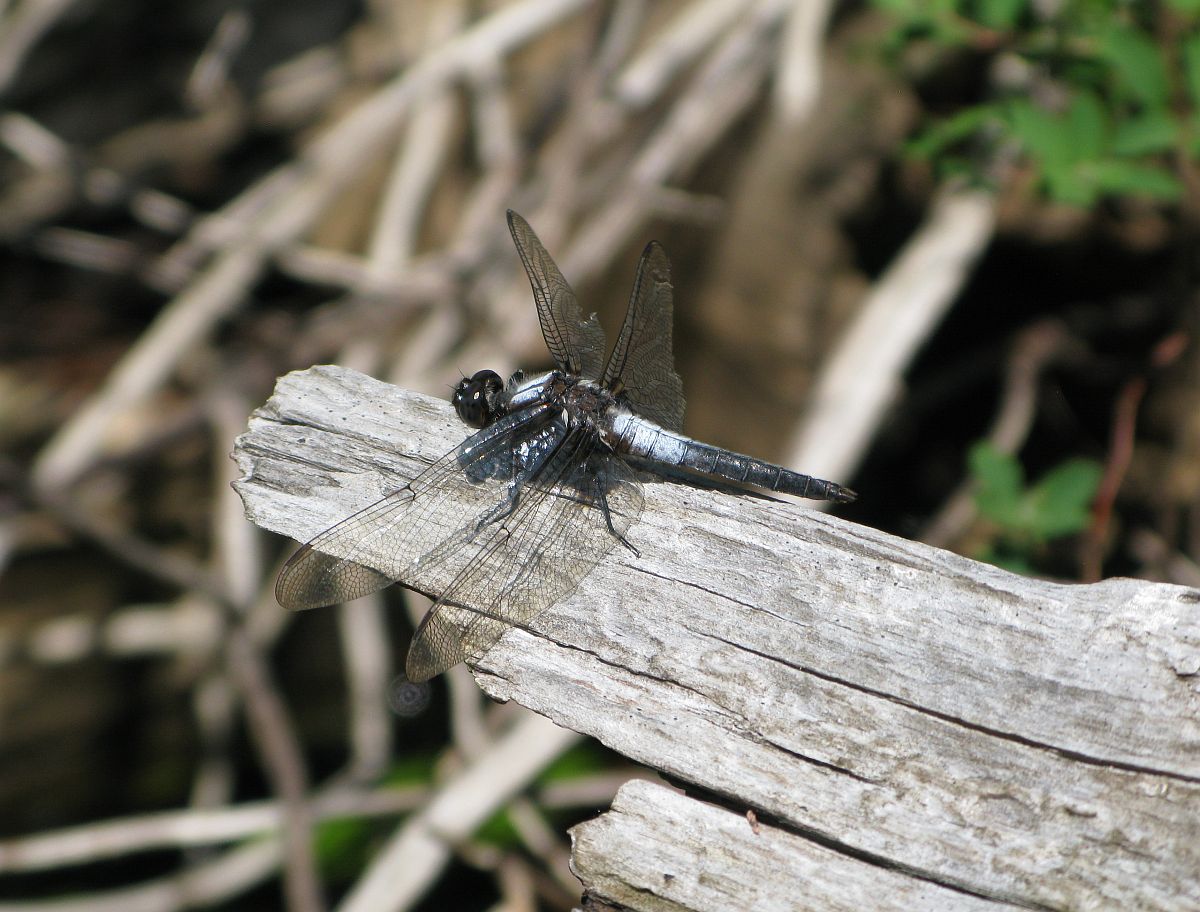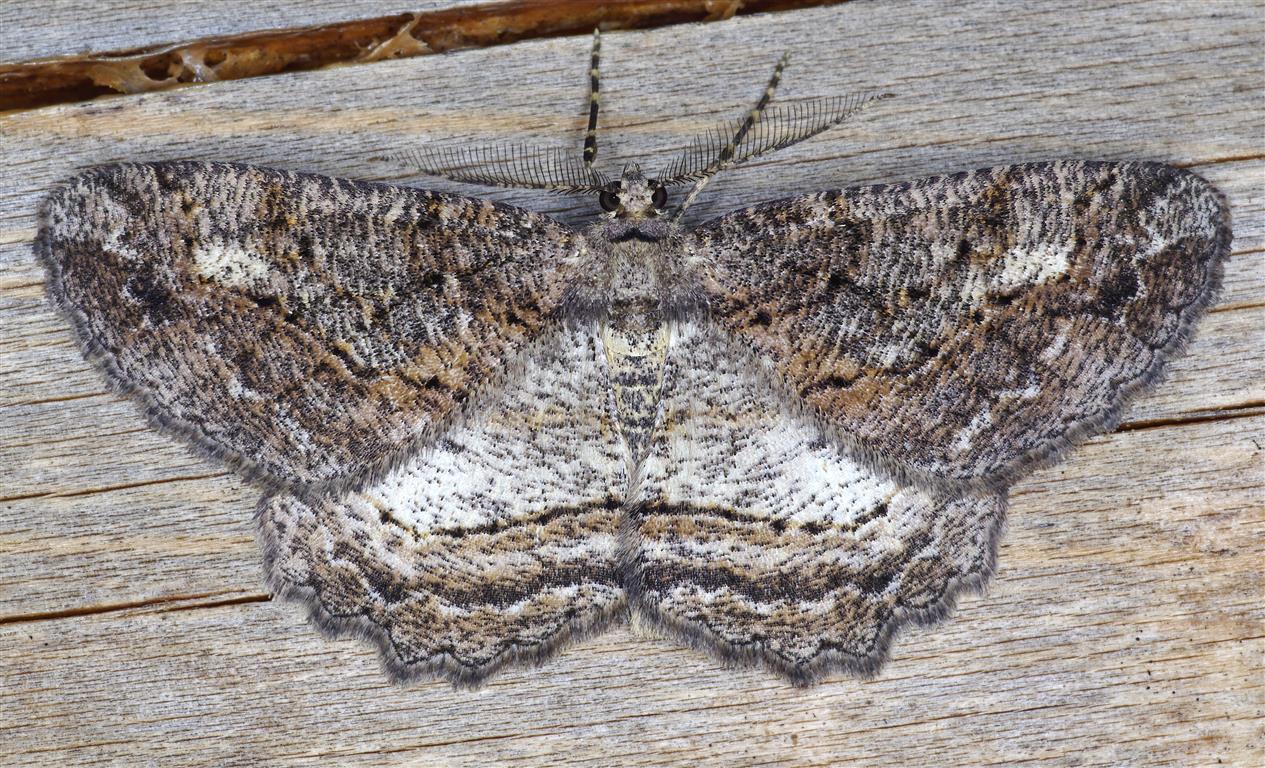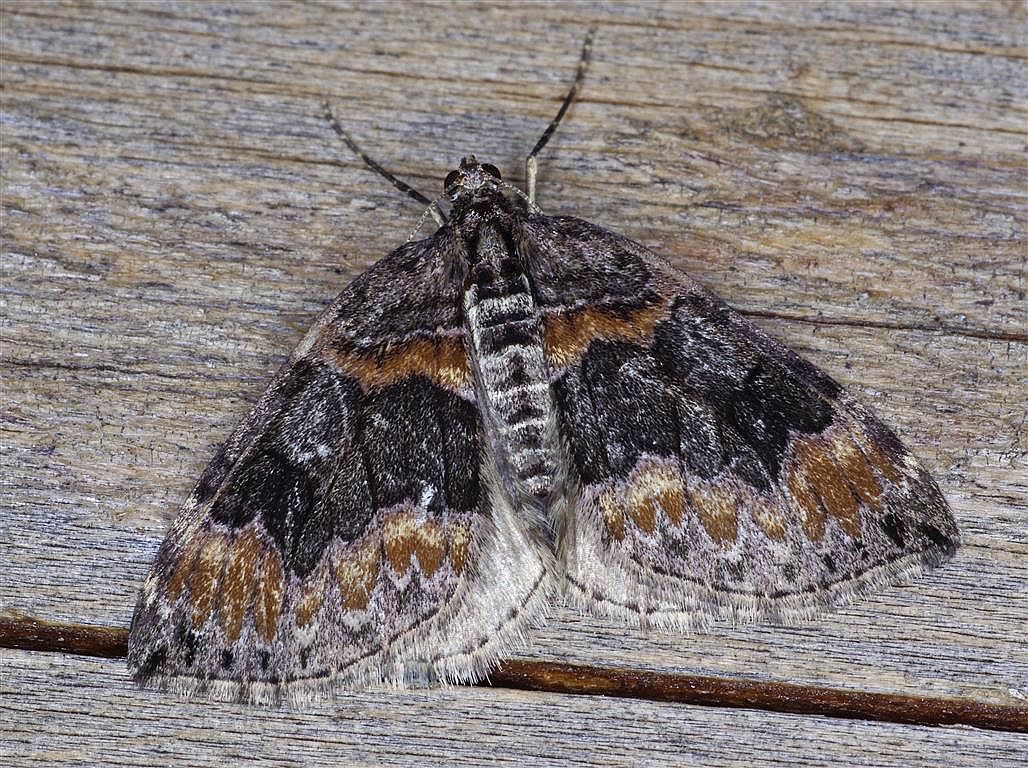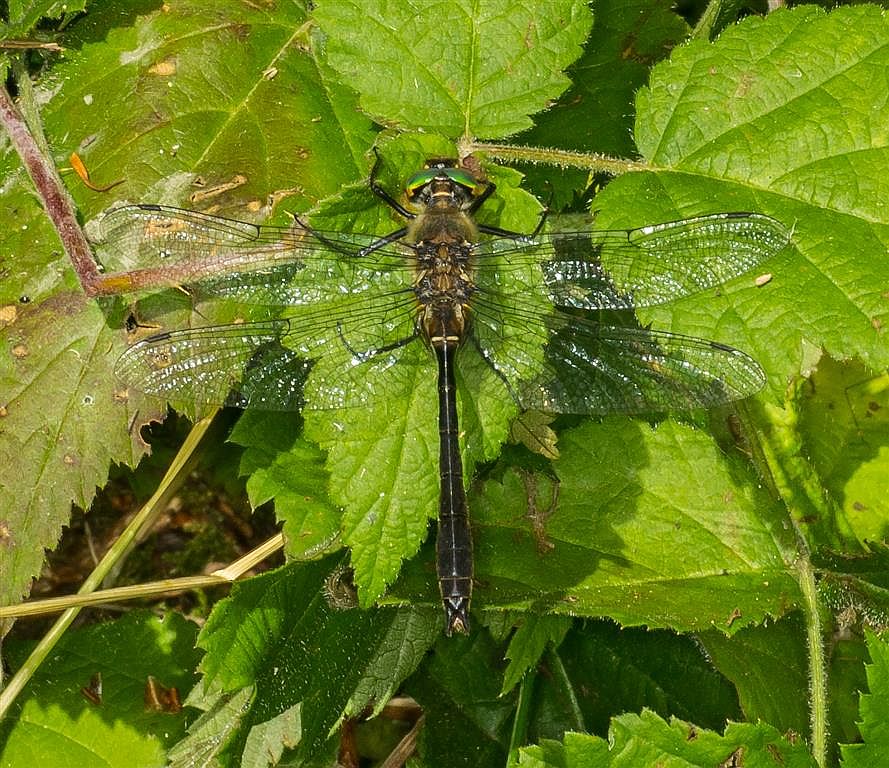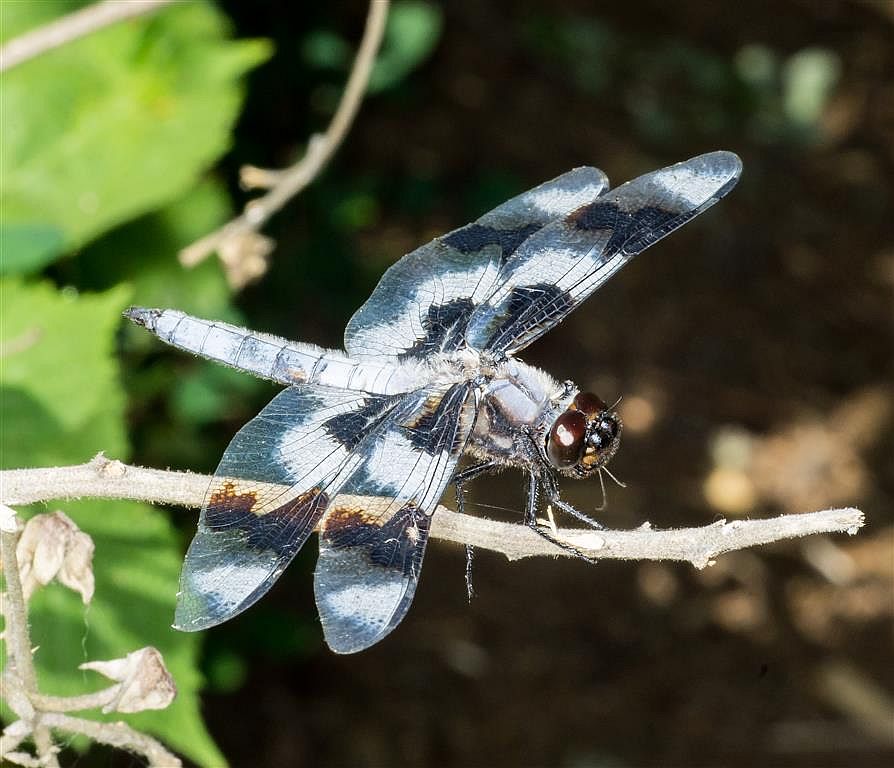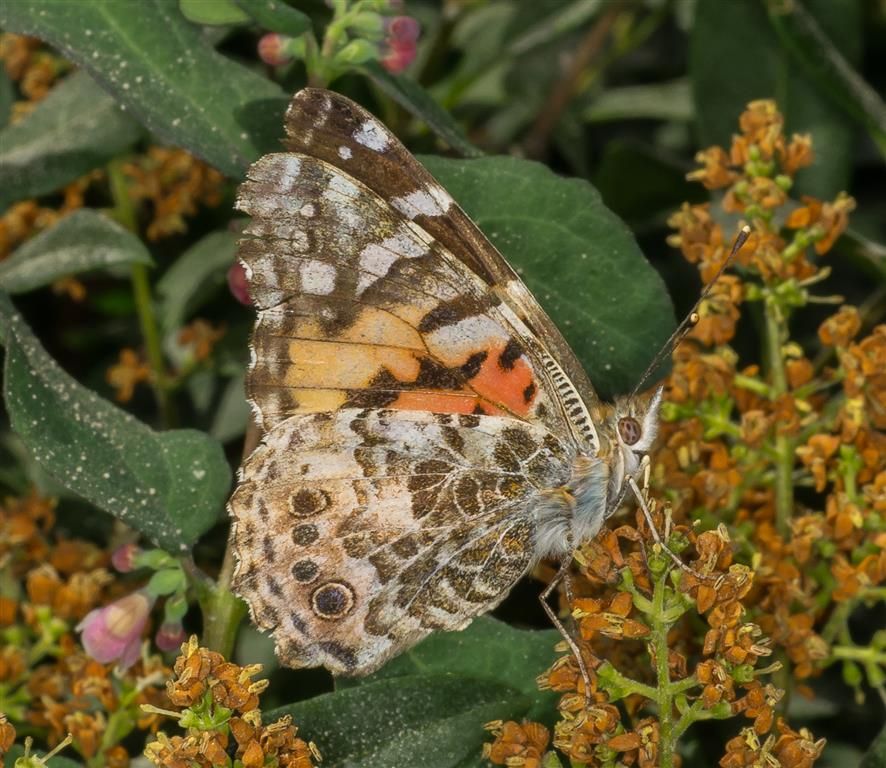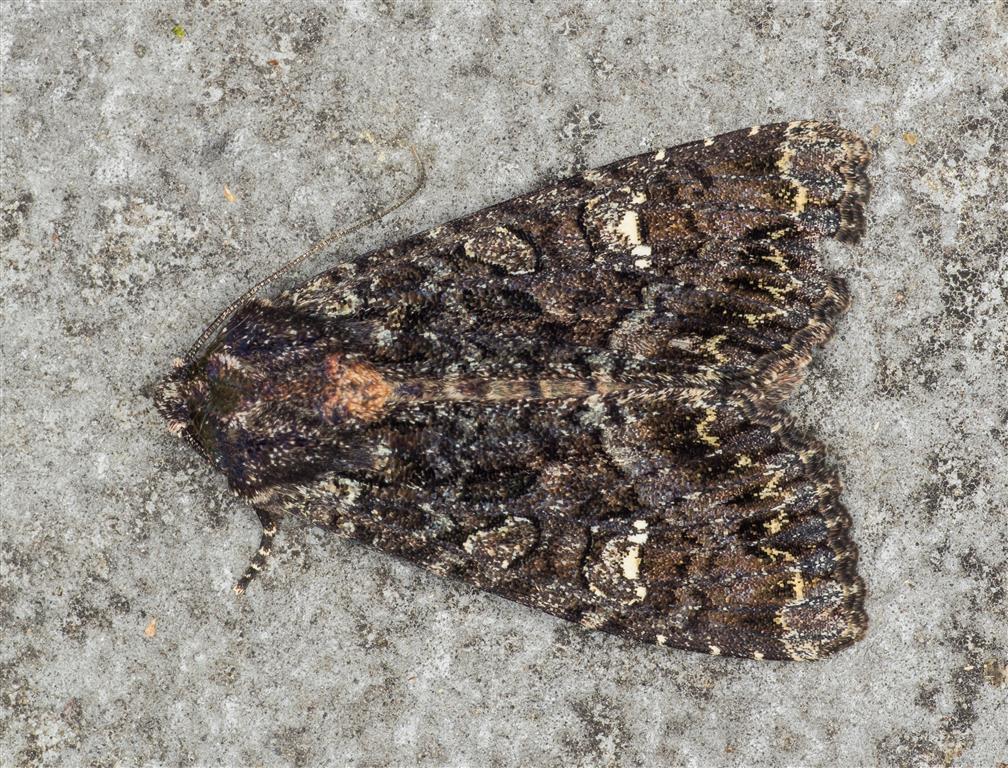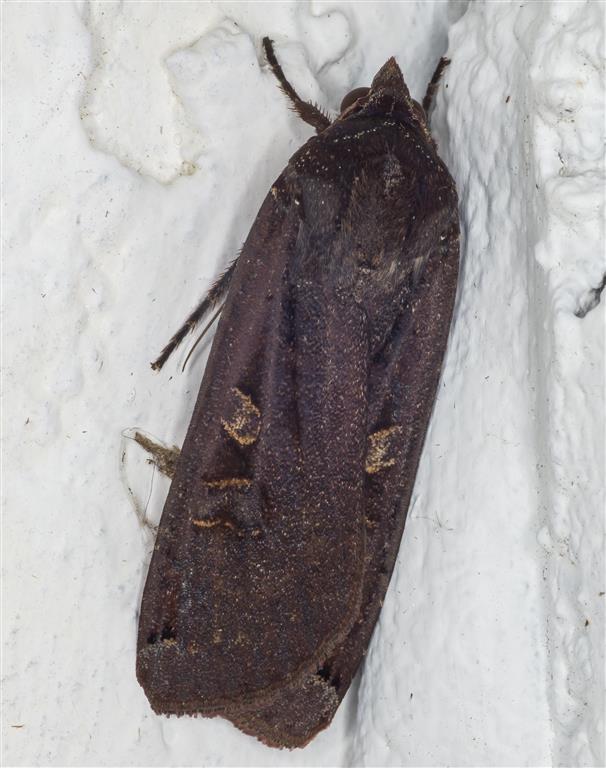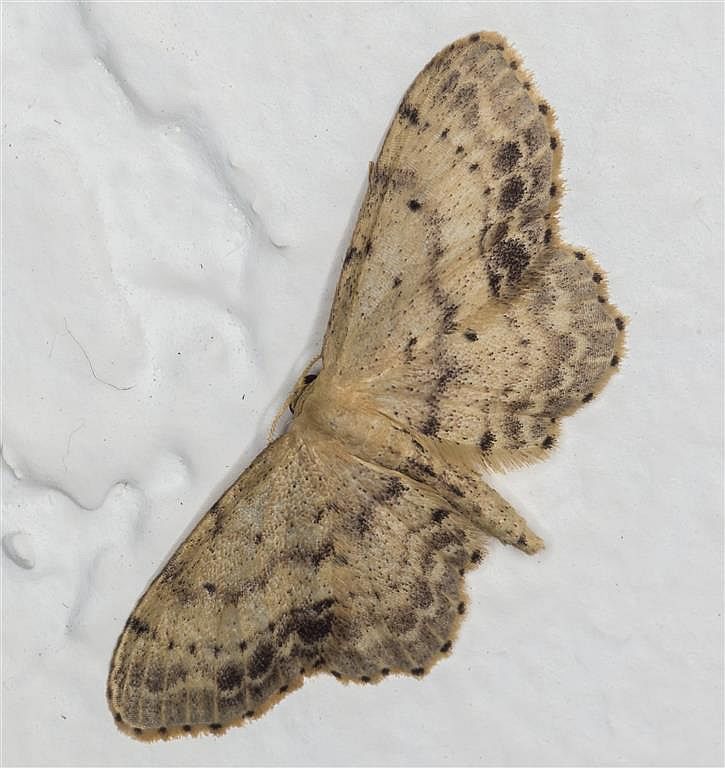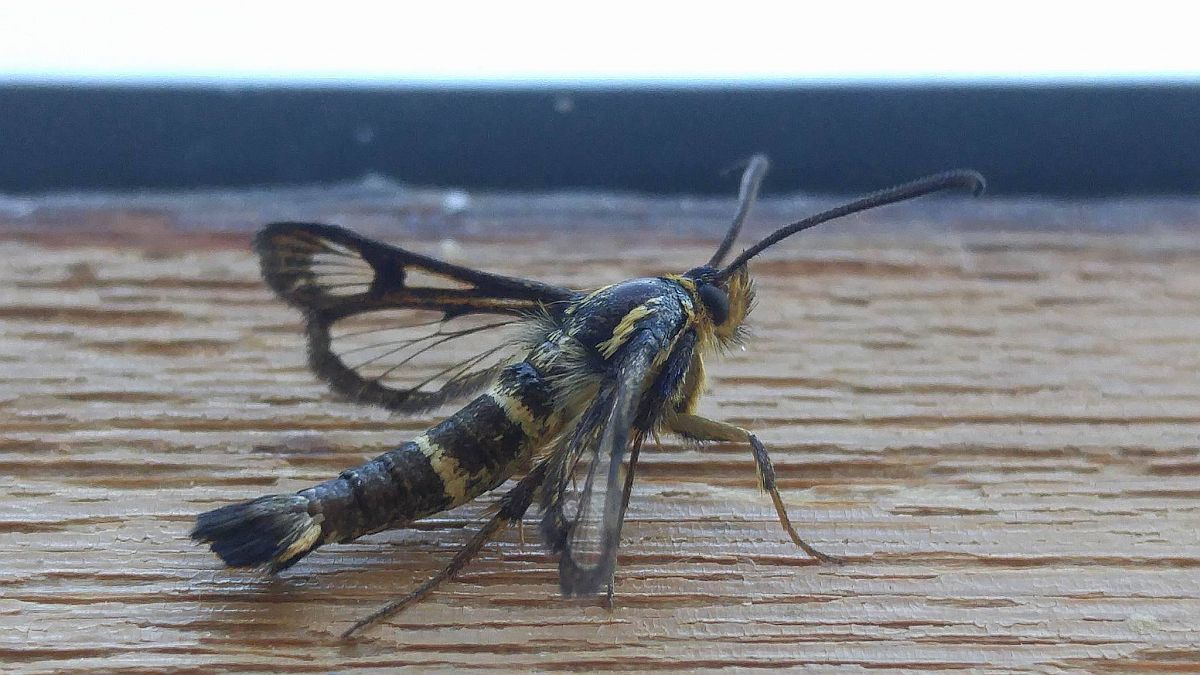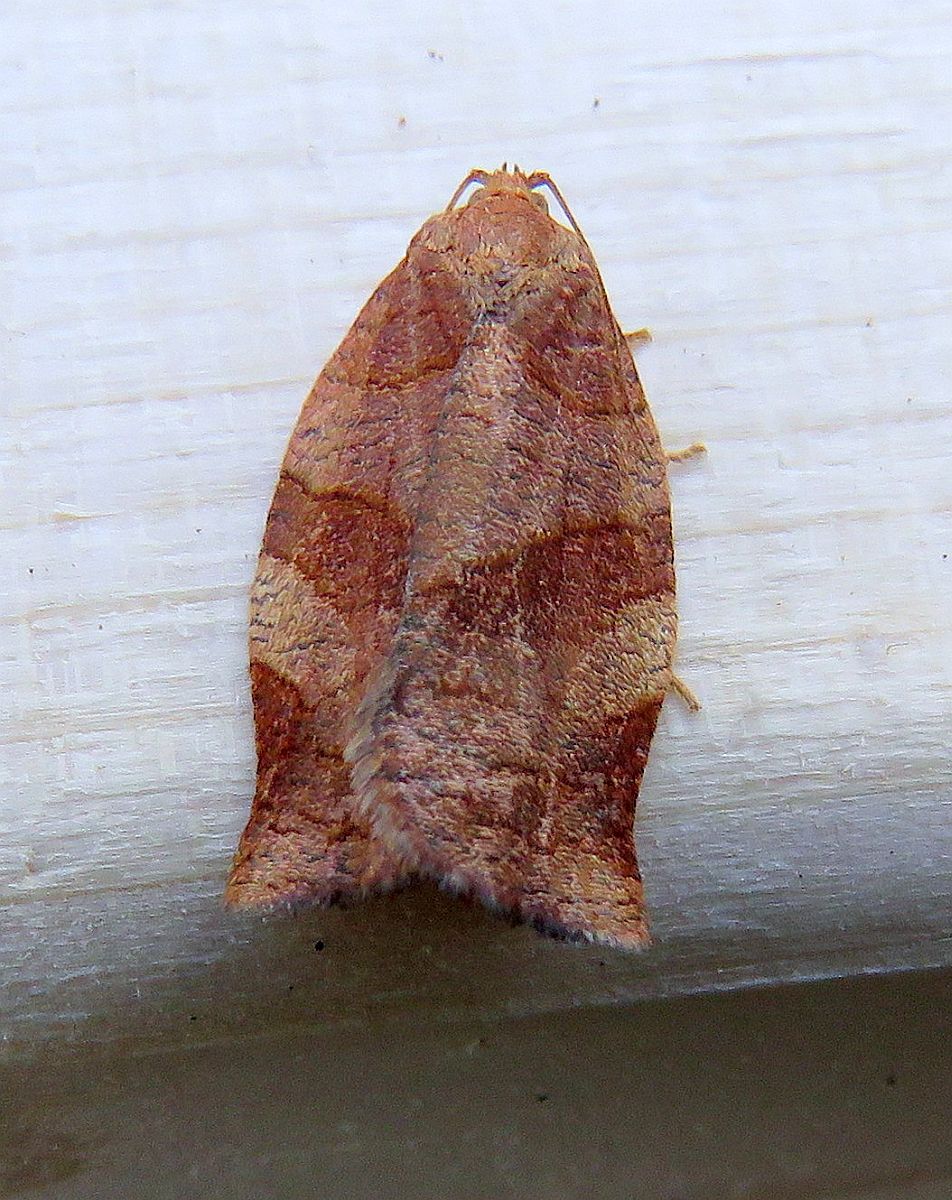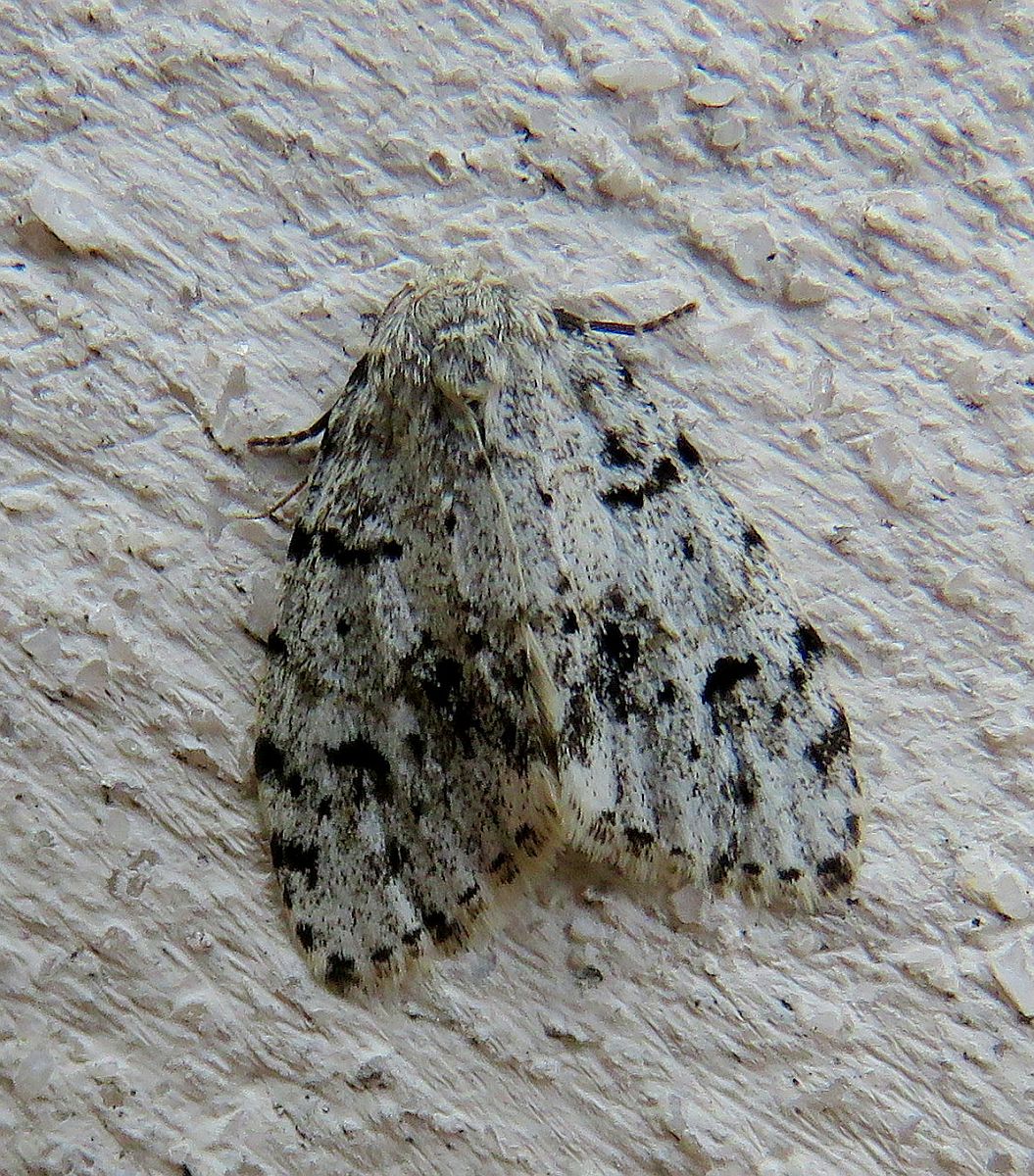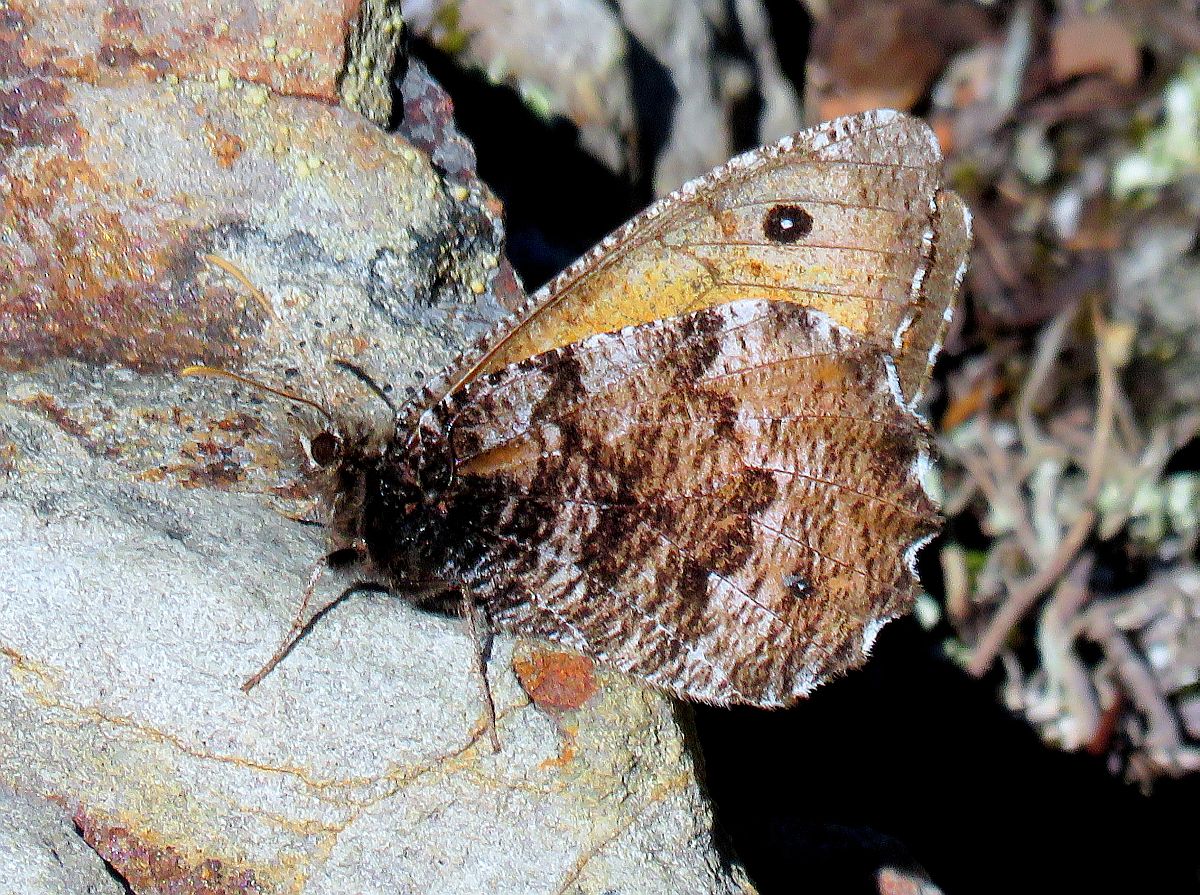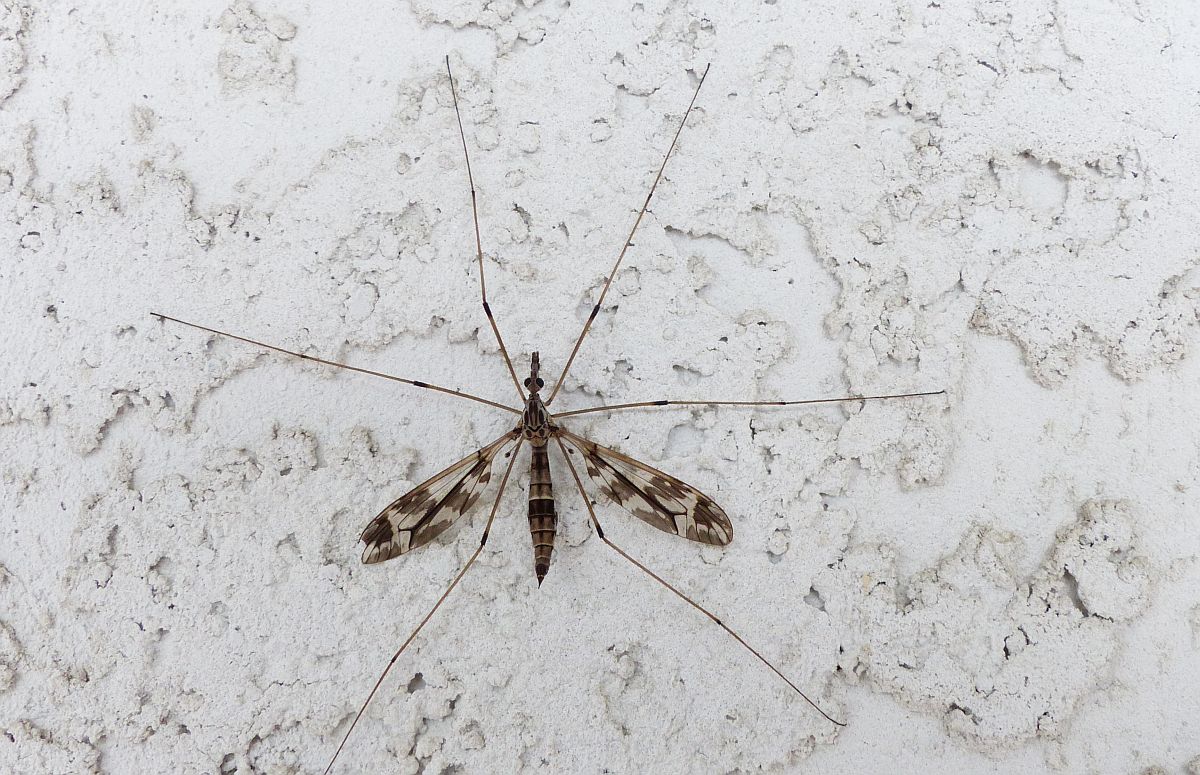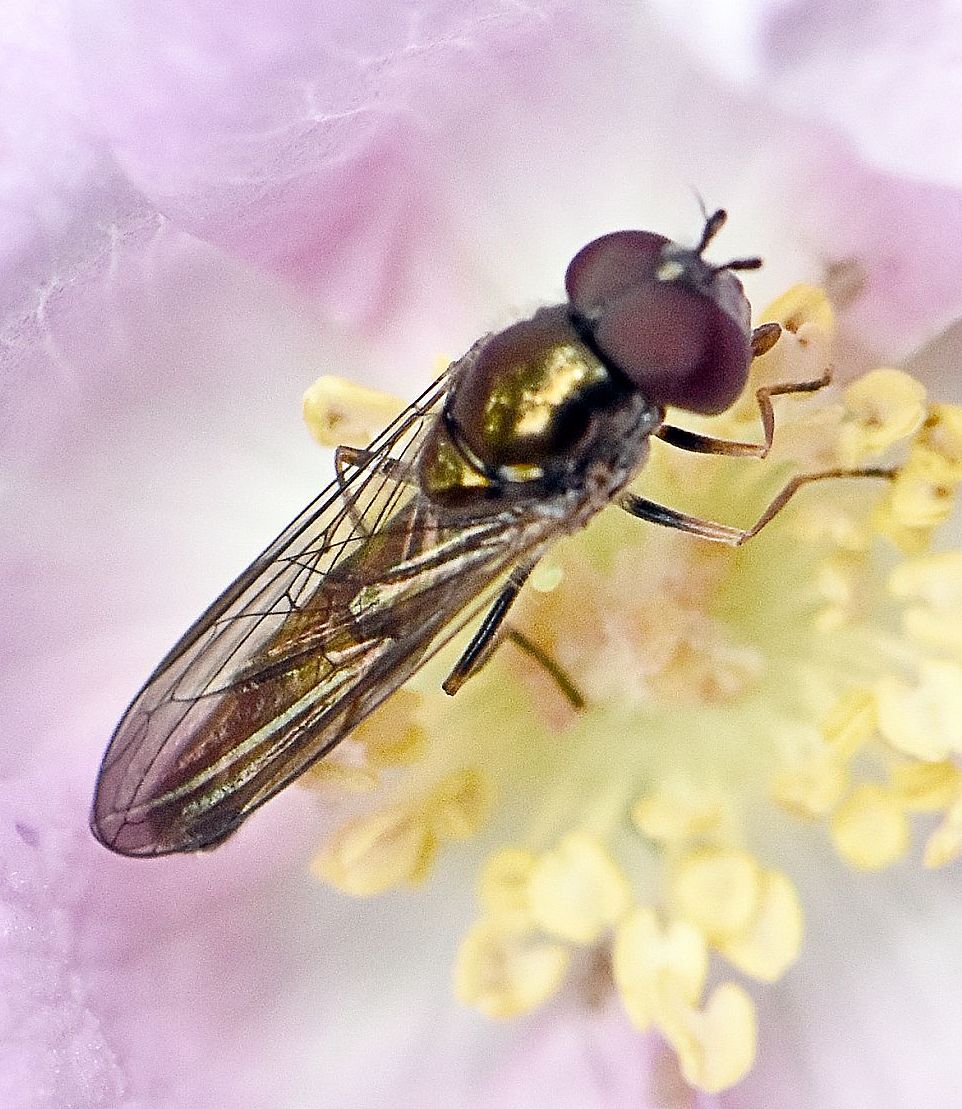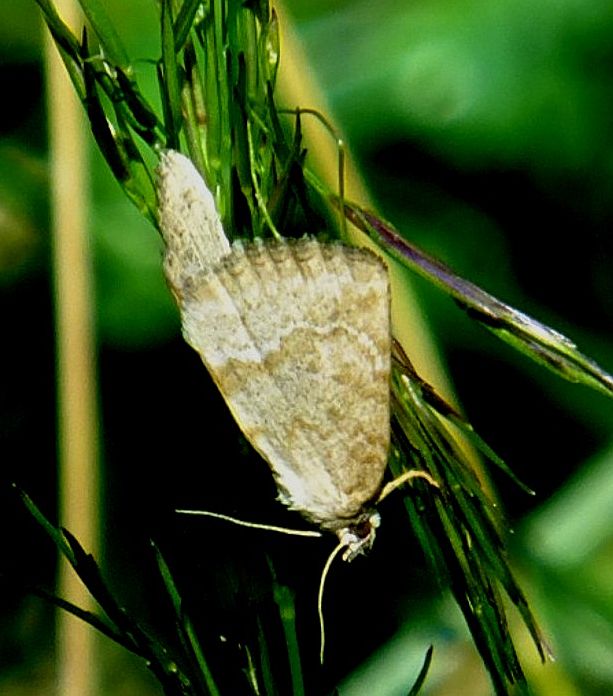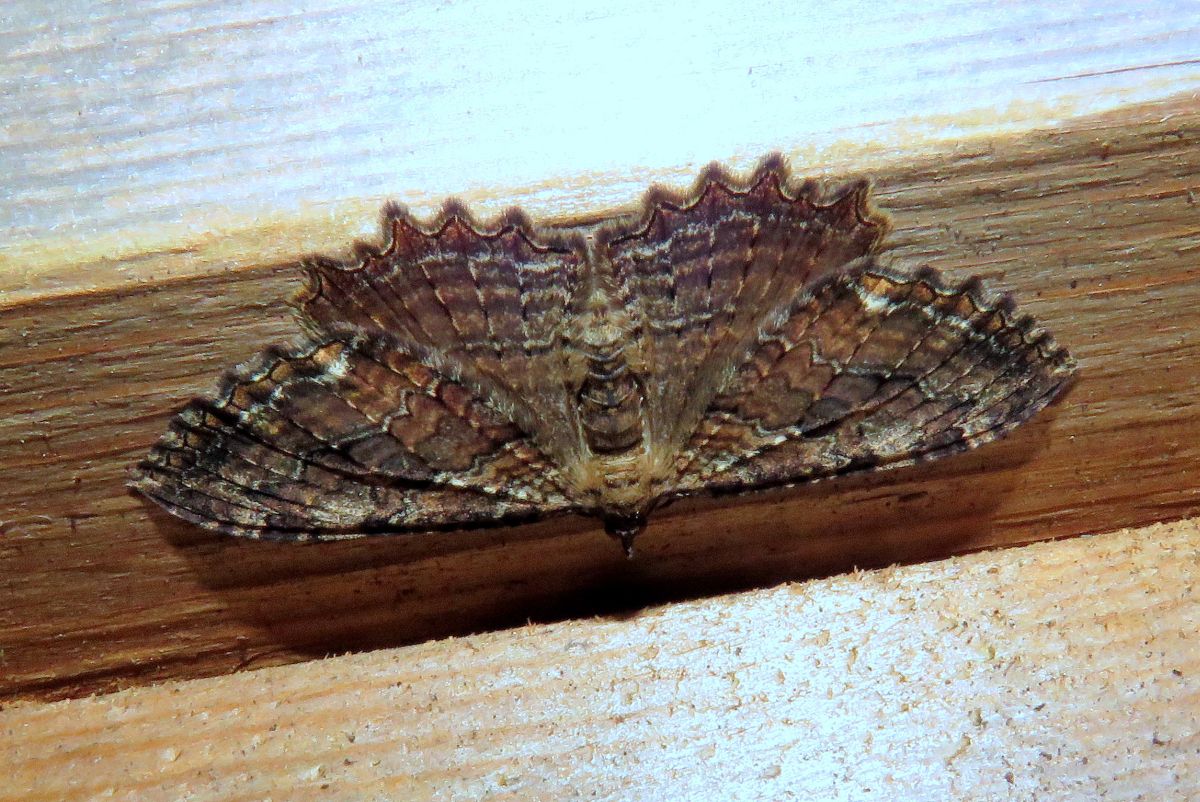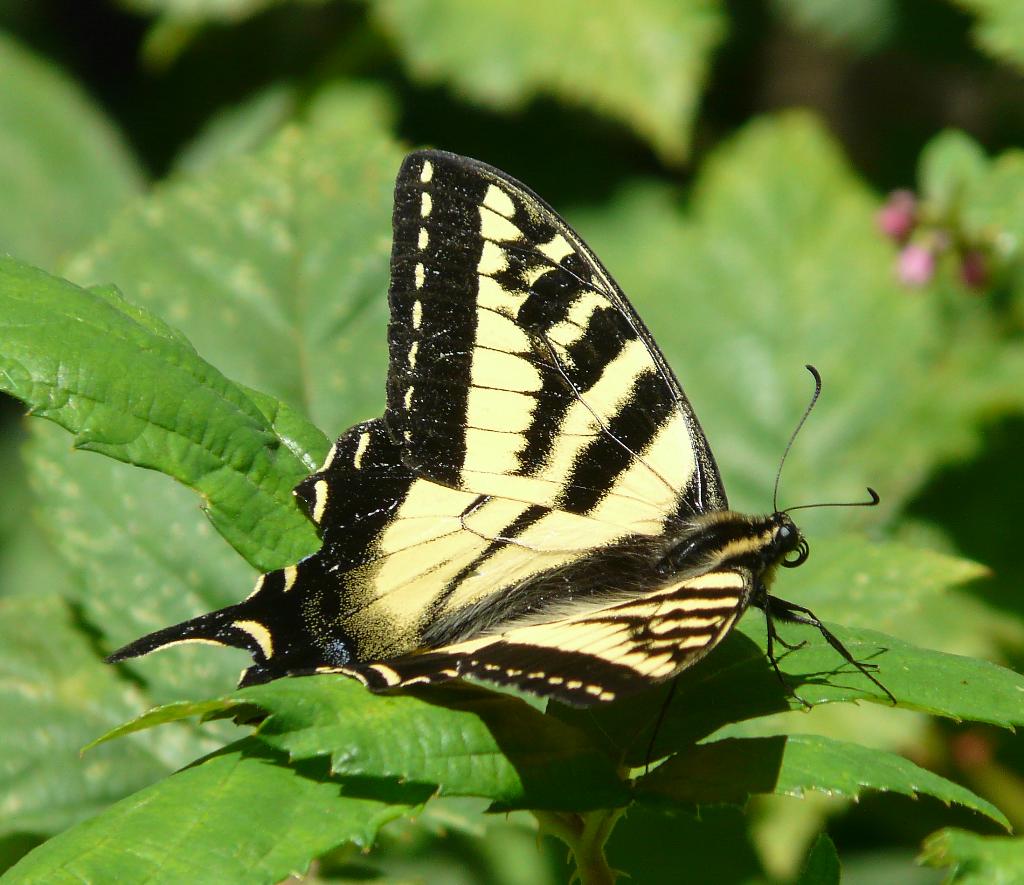2017 July 27
Ren Ferguson sends some photographs taken on Pender Island on July 4 in brackish marsh habitat. We get very few aquatic animals on this site (challenge for photographers – please note!) so we welcome Ren’s photograph of a long waterscorpion Ranatra sp. I don’t know if we’ll be able to go below genus level. Dr Heather Proctor writes, of the red dots:
The red blobs are water mites, and it’s 90% likely that they are Hydrachna (Hydrachnidae), which are the most common water mites parasitic on Hemiptera. But without a closer view I can’t be absolutely certain.
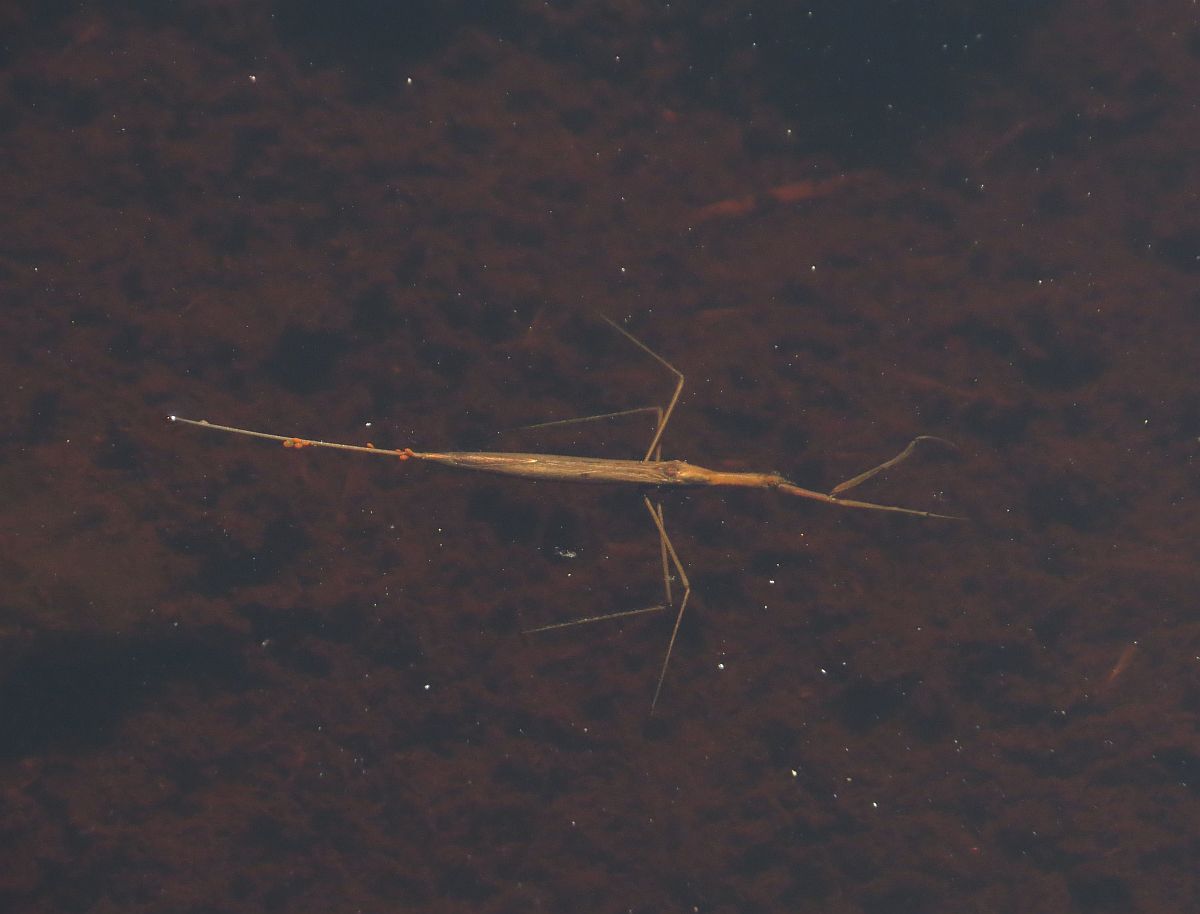
Long waterscorpion Ranatra sp.: (Hem.: Nepidae) Ren Ferguson

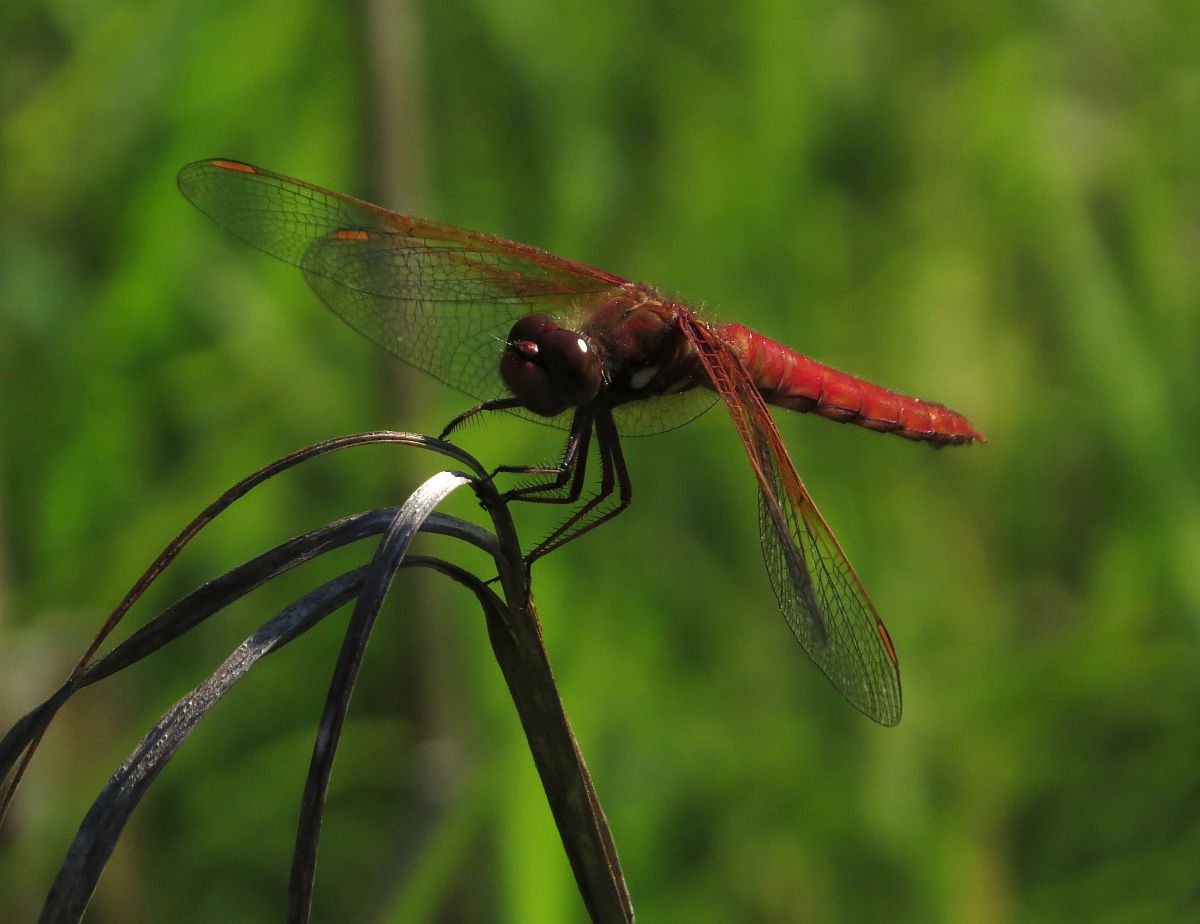
Red-veined Meadowhawk Sympetrum madidum (Odo.: Libellulidae) Ren Ferguson

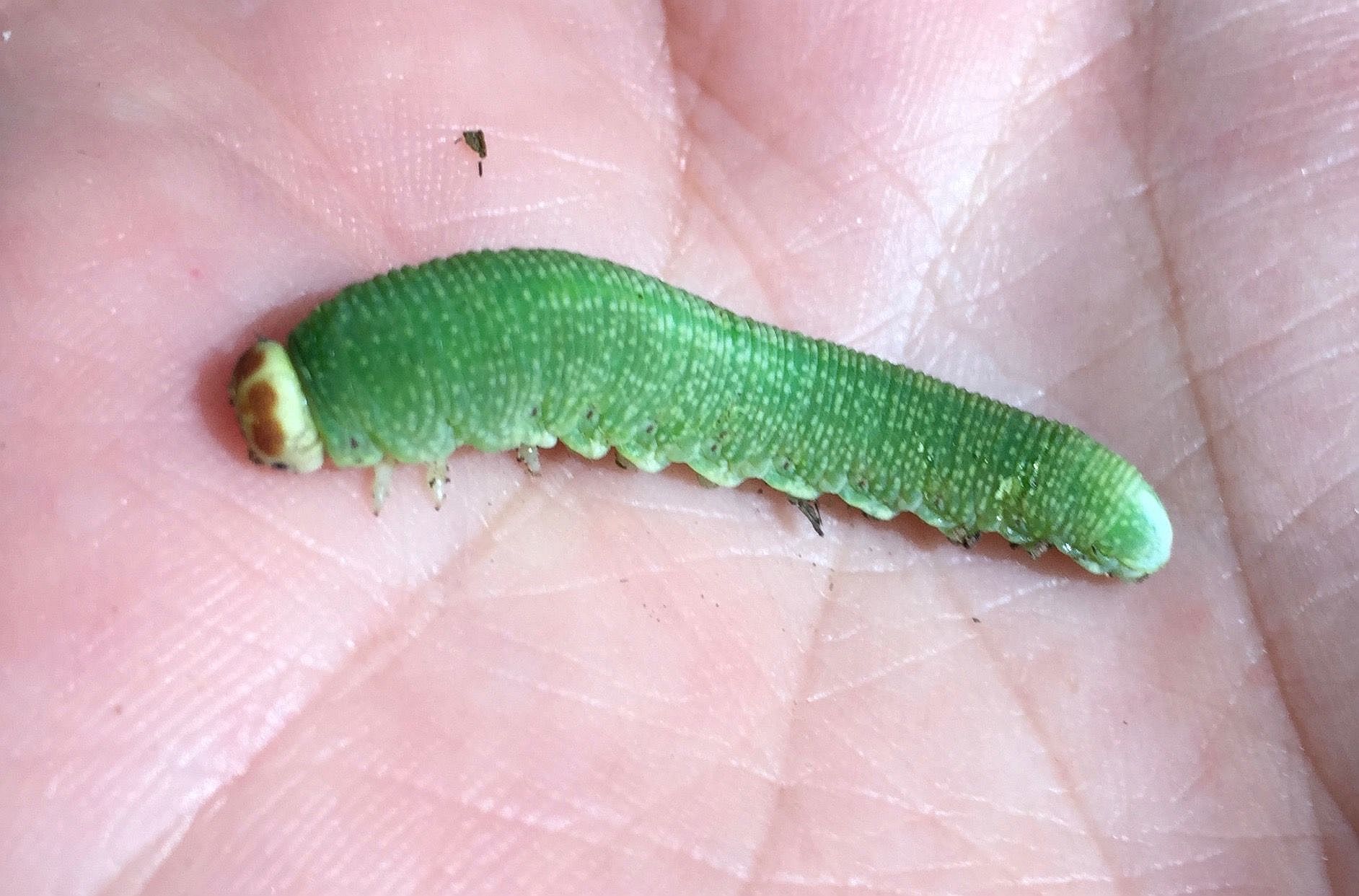
Larva of giant sawfly Trichiosoma triangulum (Hym.: Cimbicidae) Ren Ferguson
Thomas Barbin sends a varied collection of insect close-ups. The first one from Pender Island, June 10:

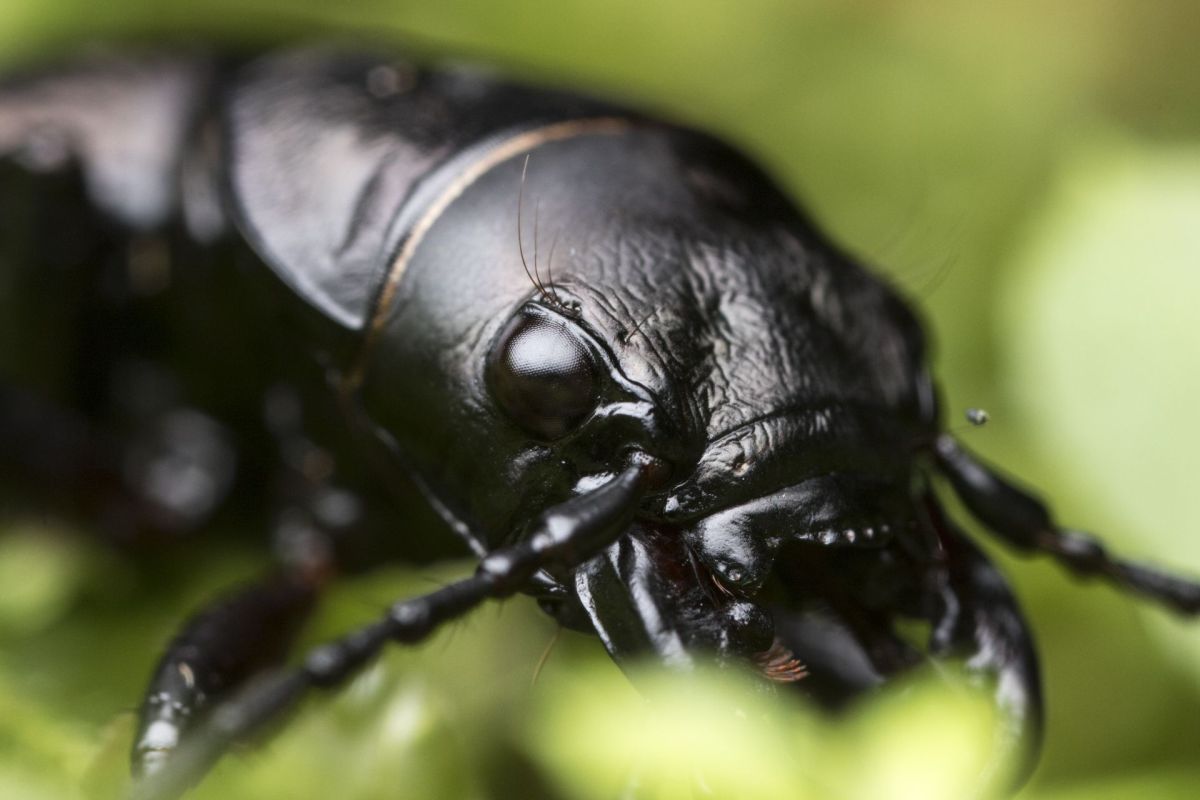
Greater Night-stalking Tiger Beetle Omus dejeani (Col.: Carabidae – Cicindelinae)
Thomas Barbin
We have seen before on this site photographs of crab spiders overcoming much larger bees and wasps. This one is another spectacular example. Photographed in the Highlands District, June 21. The bee is Bombus sp. (mixtus, flavifrons and ternarius all look like reasonable fits) and the spider is Mecaphesa sp.

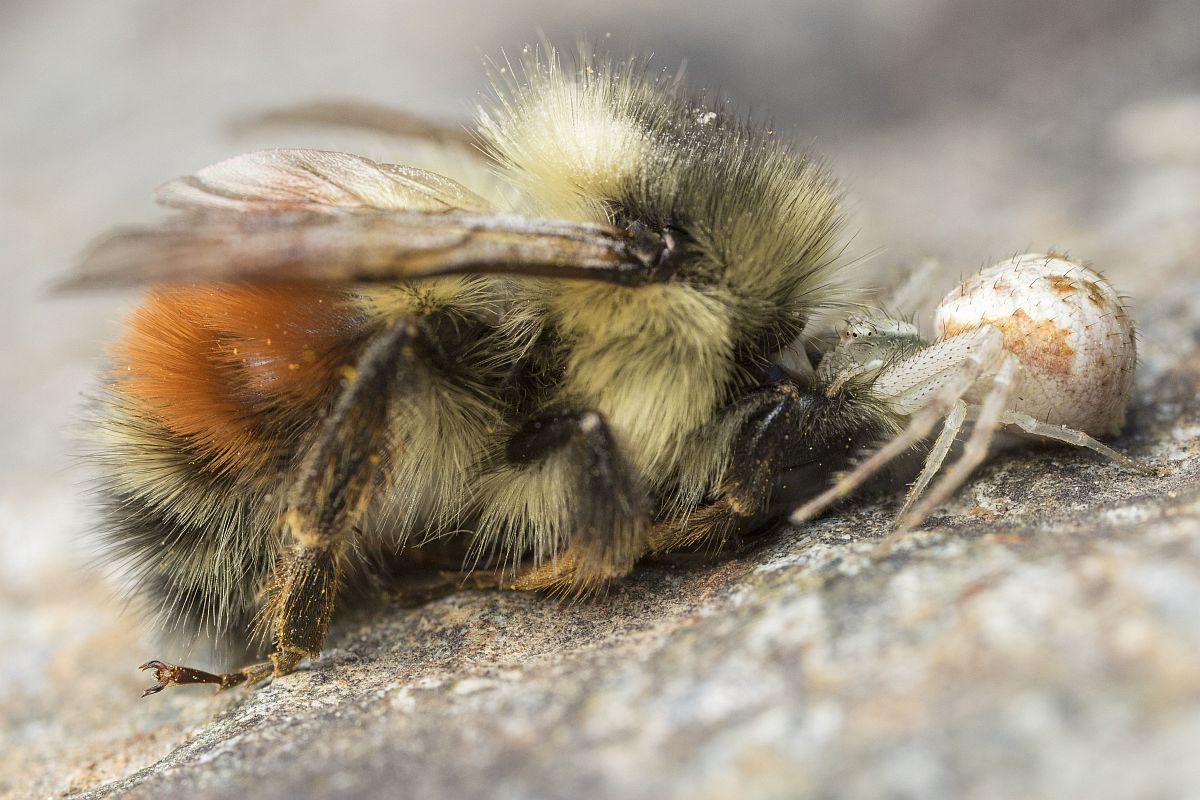
Bumblebee Bombus sp. (Hym.: Apidae)
Crab spider Mecaphesa sp.(Ara.: Thomisidae)
Thomas Barbin
A spider found in the Highlands District, June 21:

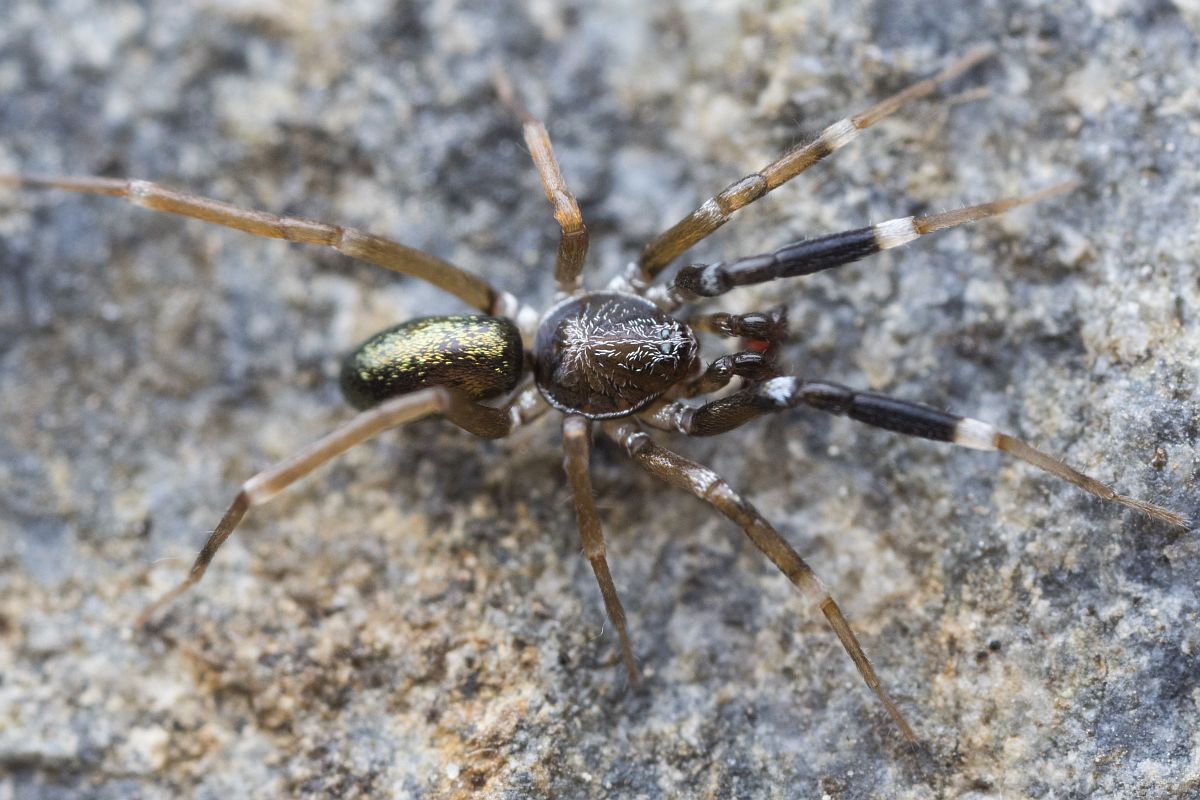
Phrurotimpus borealis (Ara.: Phrurolithidae) Thomas Barbin
An unusual beetle from Goldstream Campground, July 1:

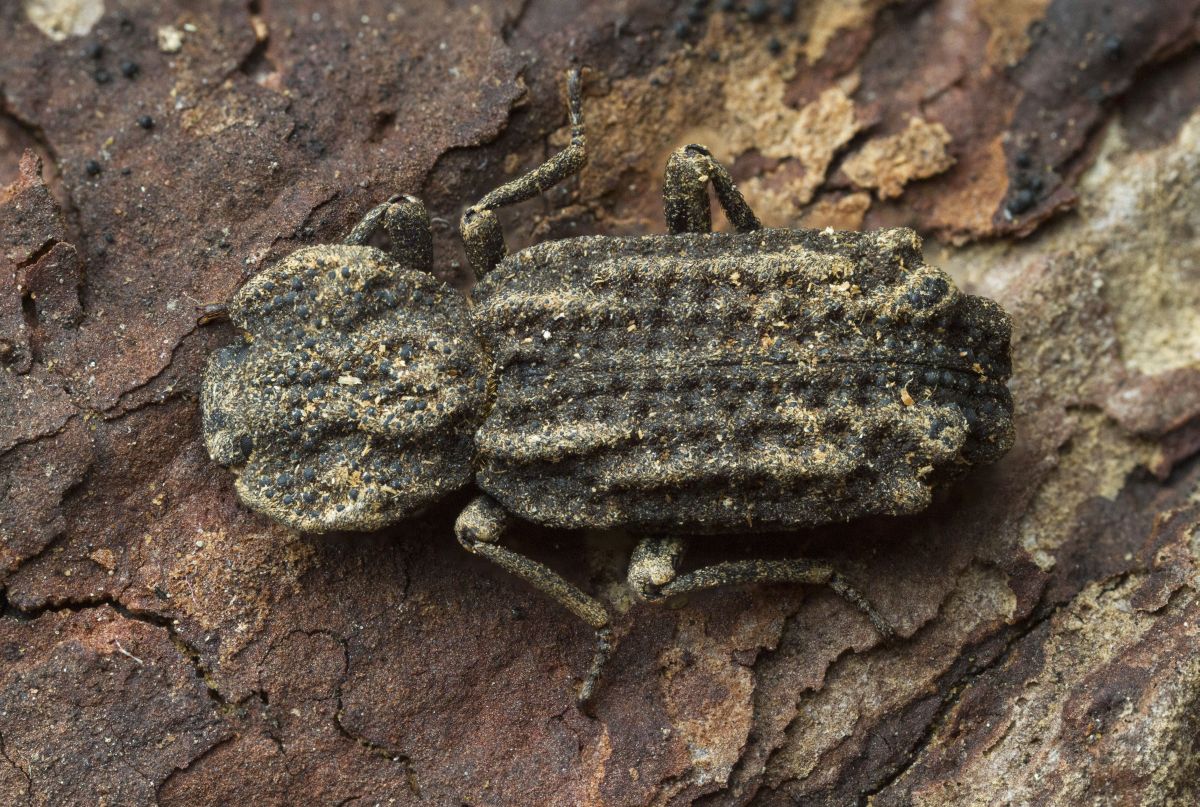
Phellopsis porcata (Col.: Zopheridae) Thomas Barbin
A bug from Goldstream Park, July 5:

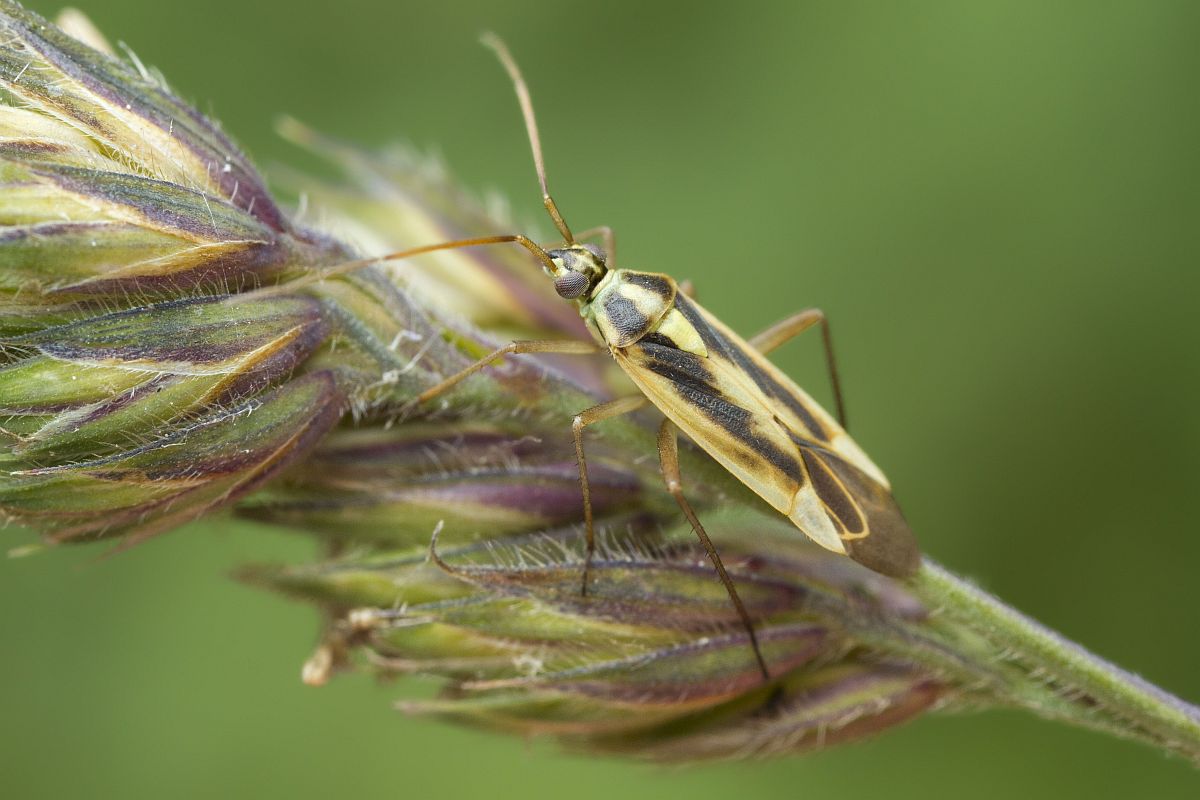
Two-spotted Grass Bug Stenotus binotatus (Hem.: Miridae) Thomas Barbin
A sharp-tailed leafcutter bee from Island View Beach, July 7:

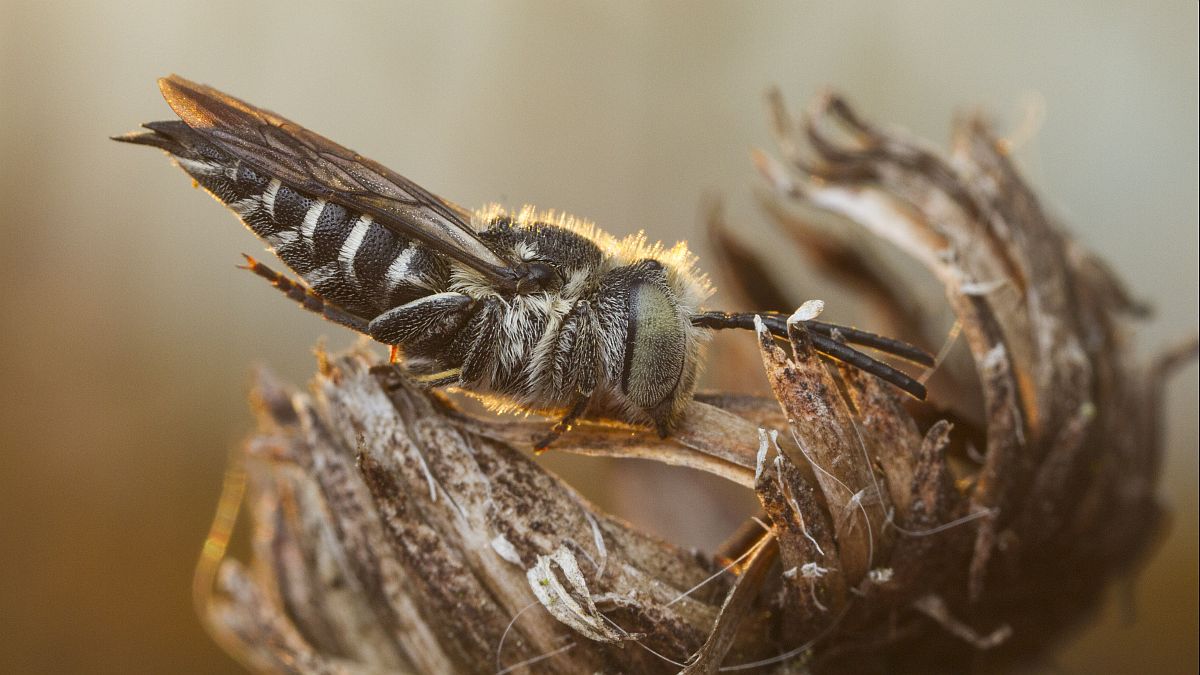
Coelioxys sp. (Hym.: Megachilidae) Thomas Barbin
A thread-tailed wasp, also from Island View Beach, July 7:

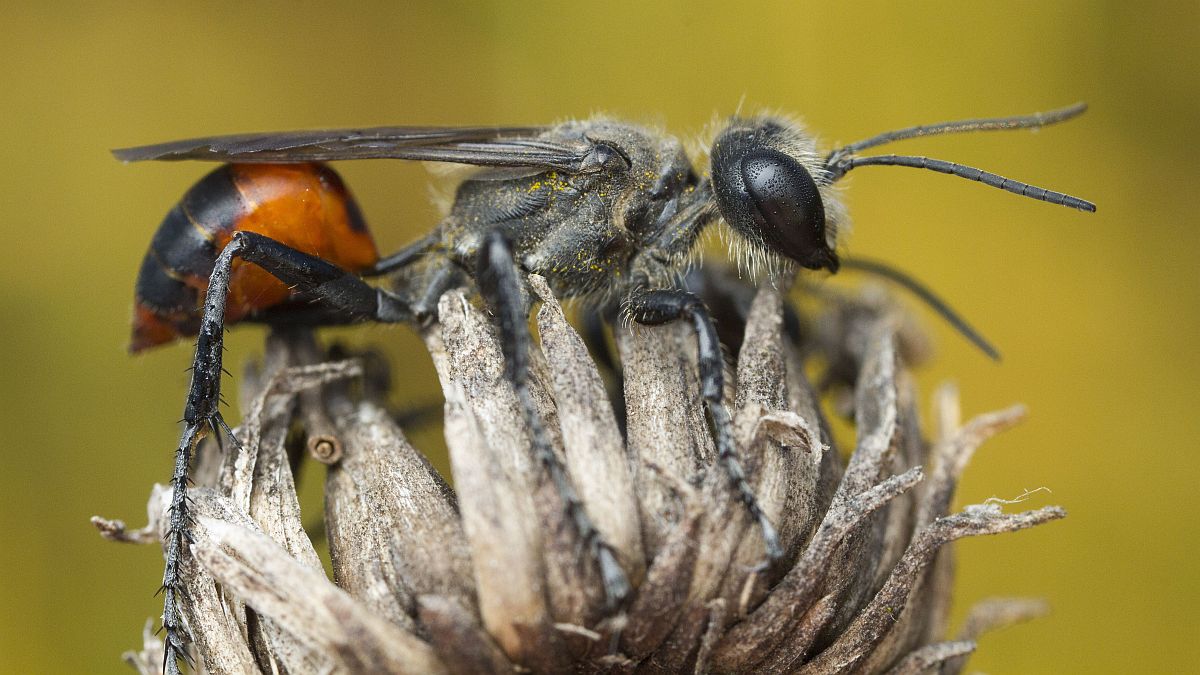
Prionyx parkeri (Hym.: Sphecidae) Thomas Barbin
A cuckoo wasp, Island View Beach – evidently a good place for interesting bees and wasps – July 13:

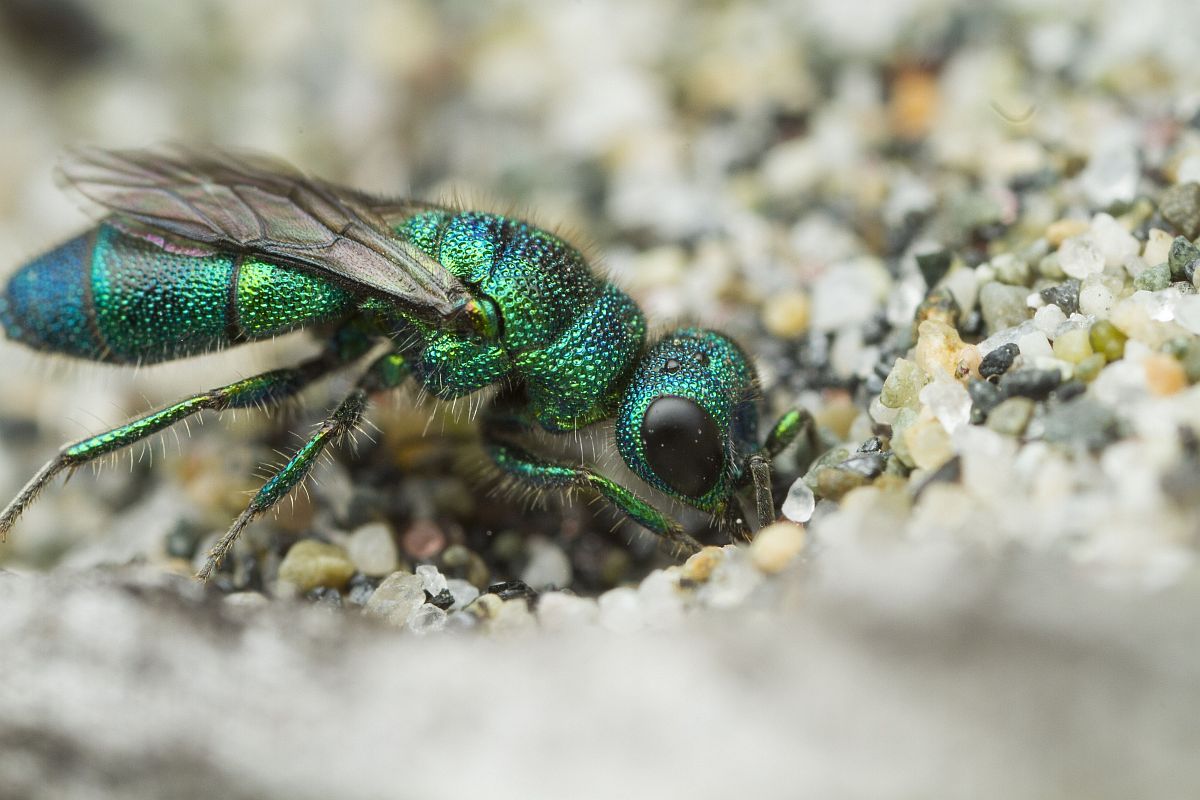
Probably Chrysis sp. (Hym.: Chrysididae) Thomas Barbin
A sand wasp from – you guessed it – Island View Beach, July 13:

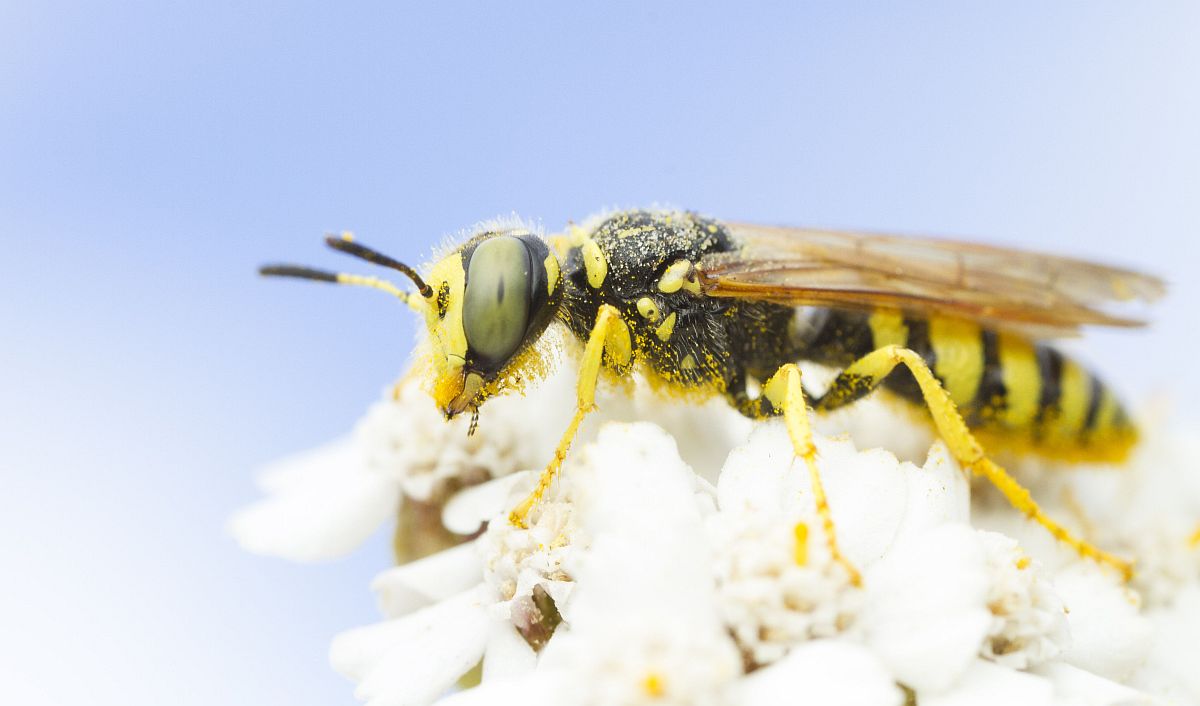
Sand wasp Bembix sp. (Hym.: Crabronidae) Thomas Barbin
A strikingly-coloured jumping spider, Island View Beach, July 13:

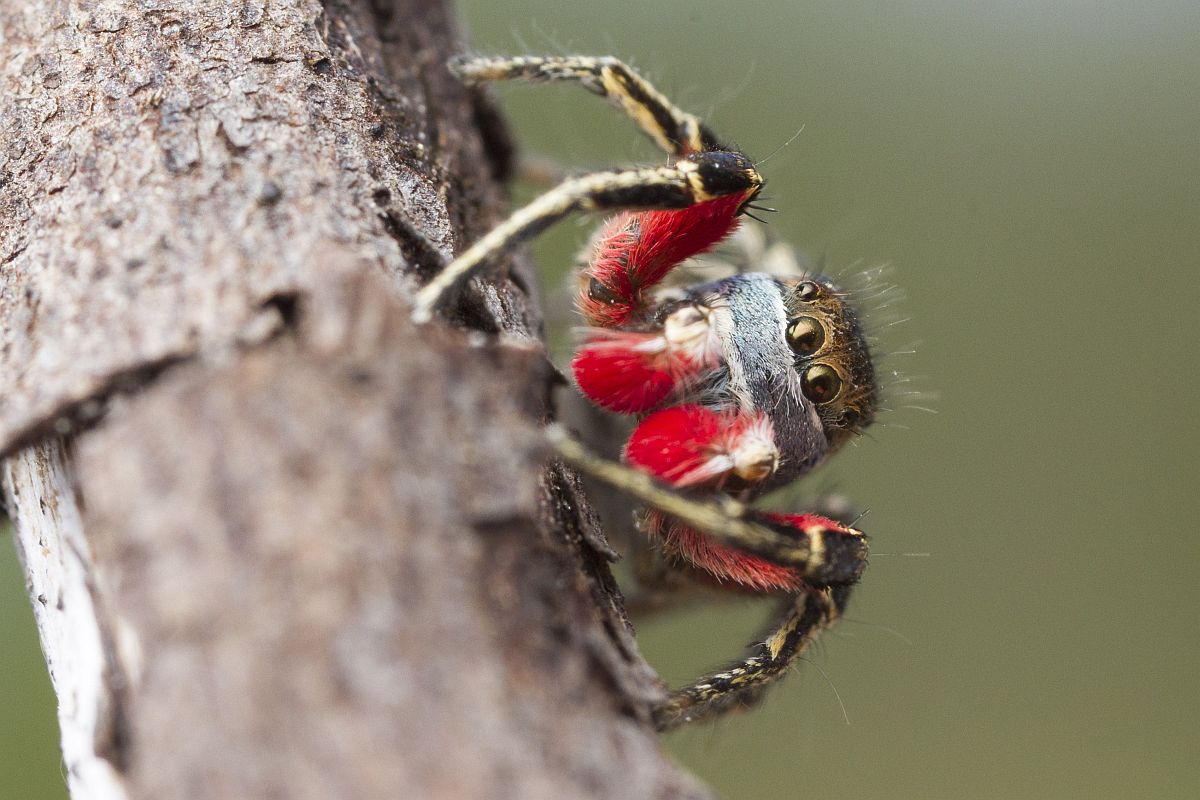
Habronattus americanus (Ara.: Salticidae) Thomas Barbin
Lastly, two photographs of a longhorn beetle from Goldstream Campground, July 26. Thanks to Scott Gilmore for the identification.

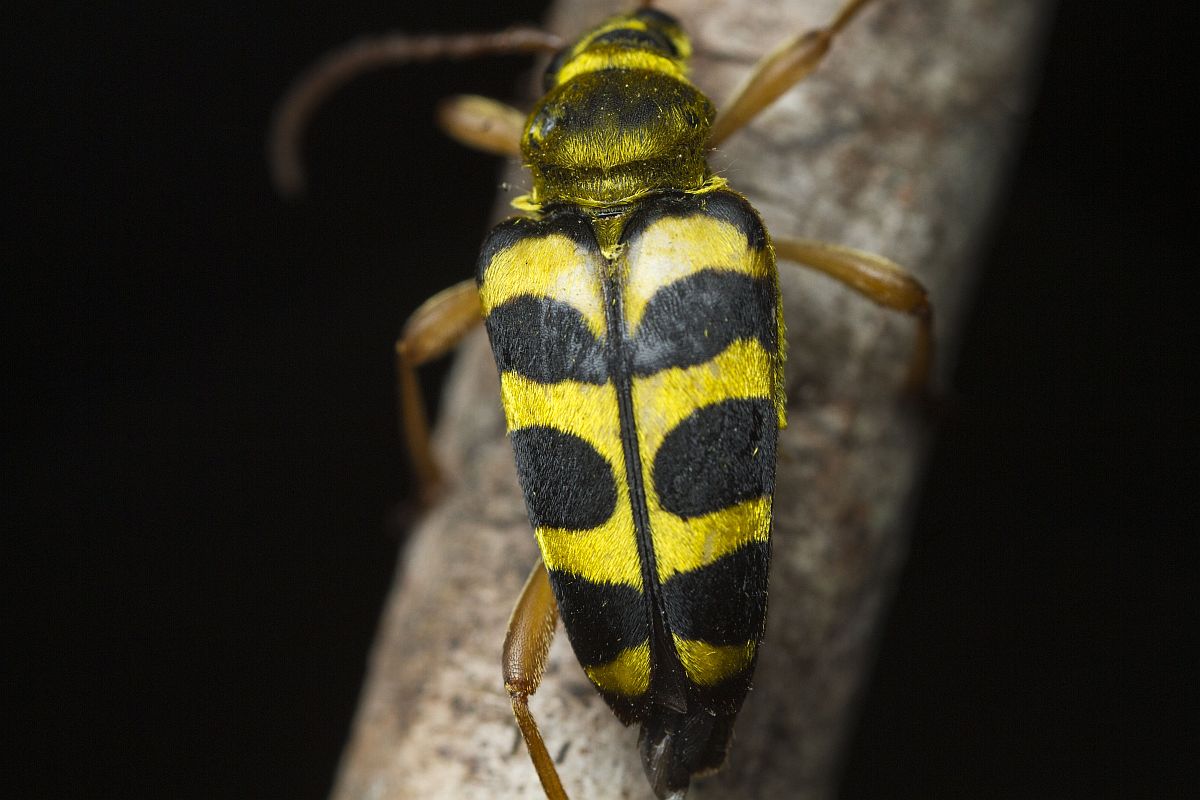
Strophiona laeta (Col.: Cerambycidae) Thomas Barbin

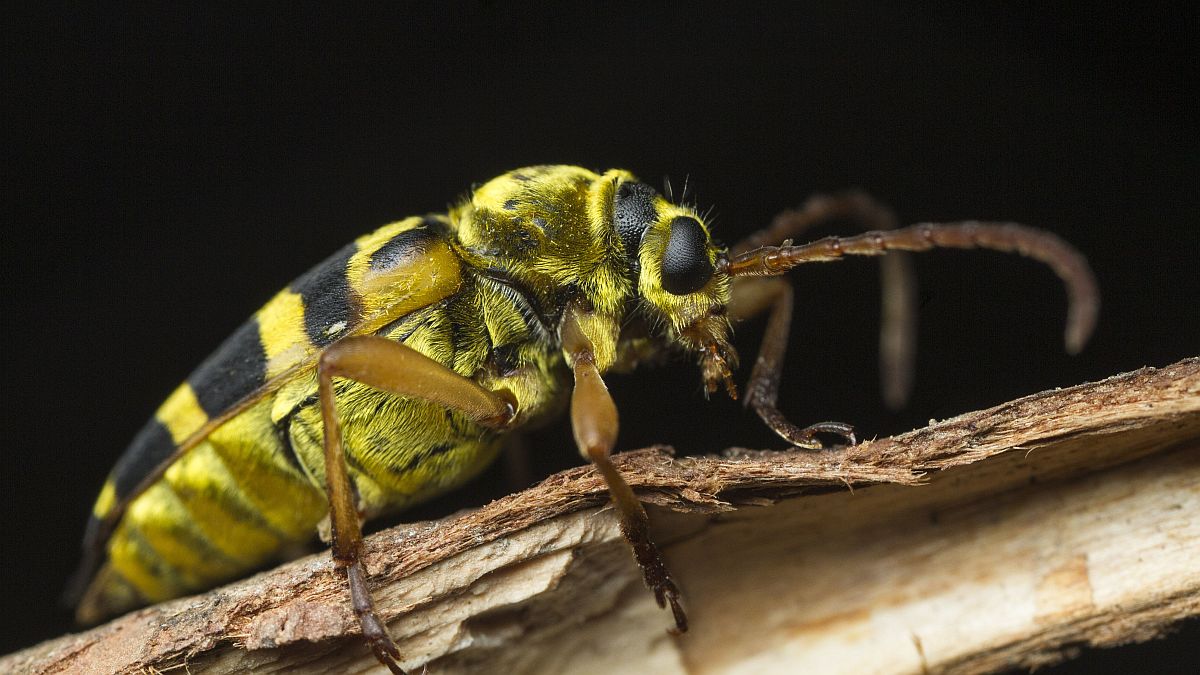
Strophiona laeta (Col.: Cerambycidae) Thomas Barbin
Aziza Cooper sends a photograph of a teneral damselfly from Martindale Road, July 23. Aziza writes that there were 45 Cabbage Whites over the cabbage field there. Rob Cannings writes: Yes, this is a teneral… (an individual, soon after moulting/emergence, whose cuticle is almost colourless and still unhardened). This is a male Tule Bluet Enallagma carunculatum. In this species, the superior appendages (cerci) are distinctive and are visible in this photo The middle abdominal appendages have much black dorsally, more than the other common local species have.

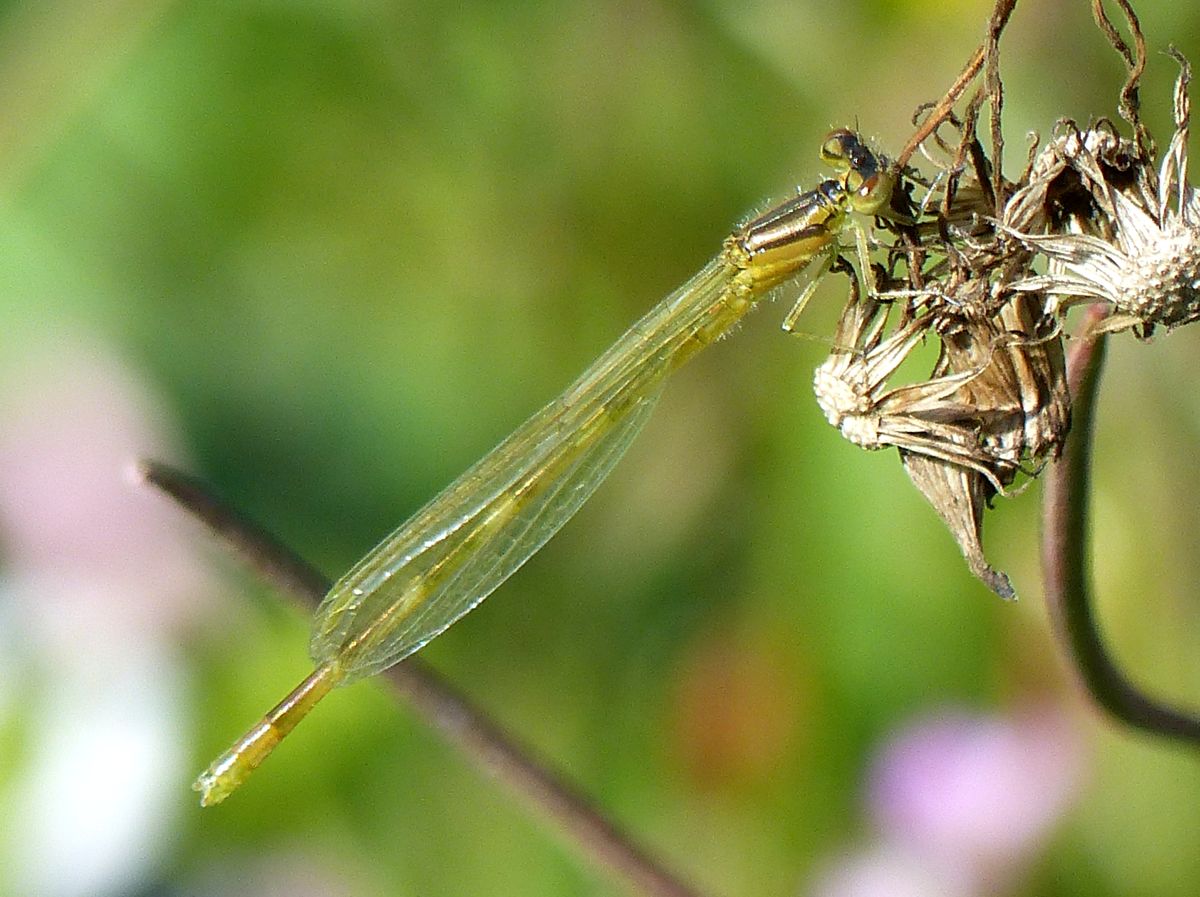
Tule Bluet Enallagma carunculatum (Odo.: Coenagrionidae) Aziza Cooper
